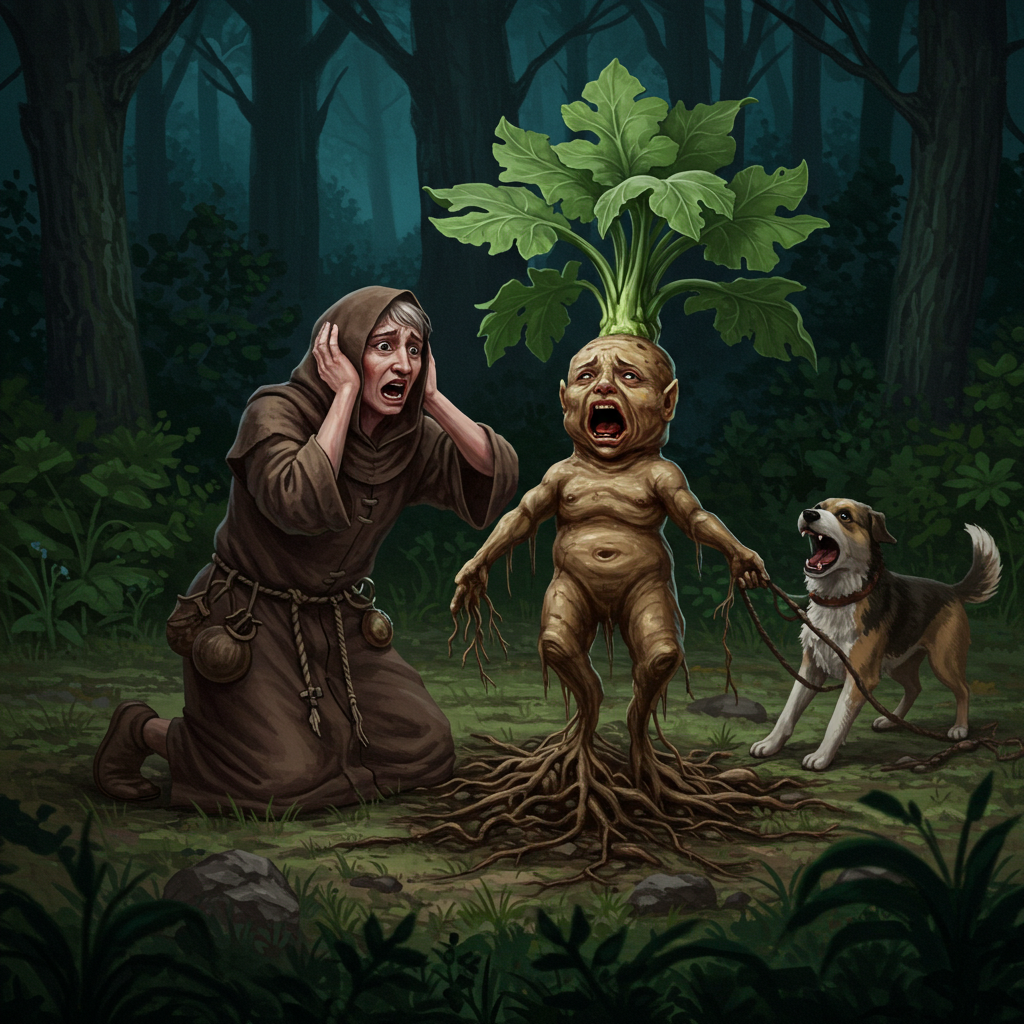According to medieval folklore, the mandrake plant emits a terrible, supernatural scream when uprooted that causes madness, illness, or death to anyone who hears it. The humanoid shape of the root was believed to be evidence of its magical properties, with different shapes indicating male and female varieties. Special rituals were developed for safely harvesting this dangerous plant, such as using dogs to pull it out while the harvester remained at a safe distance, ears covered against its deadly cry.

A baby’s future career or fate is predicted by the first object they select during a ceremonial setup.
In several Asian and Eastern European cultures, a traditional ceremony is held for babies usually around their first birthday. Known


